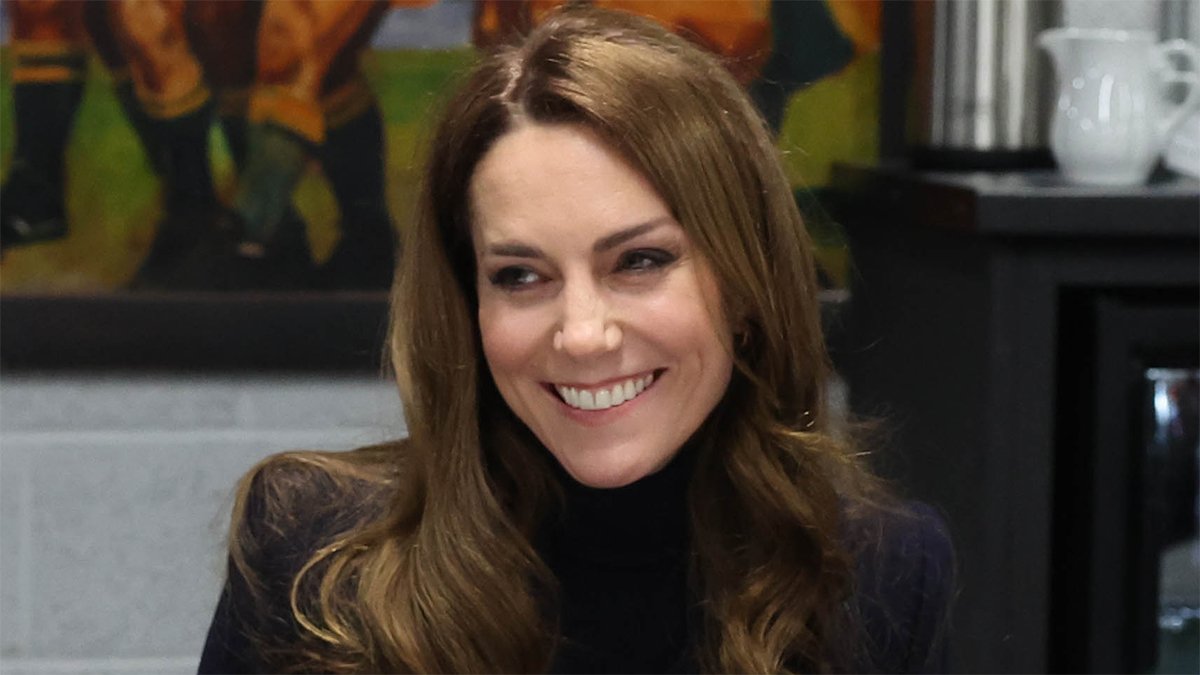It was a real Beverly Hills kind of day. The electric Mercedes SUVs were sparkling in the sunlight. Entitled little dogs were sashaying down Santa Monica Boulevard. And all cloud cover had been diverted to Culver City. In the driveway of the Peninsula Hotel, valets in crisp uniforms were frantically projecting calm while opening doors, collecting keys, pulling around, and “good morning and welcome to the Peninsula”ing with meticulous precision. As early spring Sundays go, it was perfection.
Inside the hotel, on a sunny terrace off the main dining room, a small group of women had gathered. Strapless dresses, Chanel handbags, Stuart Weitzman slingbacks, brows feathered and lips glossed. Waiters silently passed drinks. In the corner, a harpist harped. In the center of the group stood a tall woman with long, thick hair, an easy smile, and a very pregnant midsection. This was her party. To the untrained eye, it was the world’s loveliest, most affluent baby shower. But hang on.
The cocktail tray had “Postpartum Potion” and “Womb Juice.” The cake, on its own cake-size pedestal, didn’t have flowers or “It’s a Boy!” signs. It was round, blood red, and was that a…? Yes, it had a fondant umbilical cord rising out of the top. This was “Ali’s Afterbirth Affair.” Or more commonly known (if it’s commonly known?) as a placenta party.
“When I had my first son, I had baby blues for a week or two after I gave birth,” says Ali Arnkoff, the woman at the center of the party. “But this pregnancy has been different, and because of my hormones I was really worried about having postpartum depression. I would do anything to not have it. I spoke to some friends who had done placenta encapsulation and had really good experiences.”
As someone new to terms like “placenta encapsulation,” it was hard not to throw up in my mouth a little bit. But then: “I liked the idea of taking something from my body rather than taking something chemical,” said Arnkoff, a Pilates instructor. “At first, I was very grossed out. I imagined I’d be, like, nibbling on my placenta. But it’s so far from that.”
If you’re already grossed out, maybe skip to the next paragraph. Ready? Okay, here’s how it works, according to Danielle Kinney, founder of a company called Placenta Plus: “So basically, we will get your placenta, it’s cleaned out, certain membranes are removed if needed. It’s cut and dissected into very small thin pieces. It goes into a dehydrator for 17 hours. Then it comes out. It’s a little bit like beef jerky. It’s then ground down into a powder and we put it into capsules.” Gummies are also an option. And then you eat them. “You can only eat your own placenta, never someone else’s.”
Kinney started Placenta Plus in 2015 after her own personal challenges led her to the concept of placenta encapsulation. “I struggled with really bad postpartum depression after the birth of my second daughter, and I swore I would never have another baby,” she says. “I put my family through a lot. I lost a lot of friendships. Four years later, I got pregnant again. Total accident. Like any crunchy mum, I didn’t want antidepressants and I went on Google to see what I could do to prevent it. That’s when placenta encapsulation came up.”
No one really knows how long placentophagy (that’s what they call it when you eat this particular organ) has existed, but it’s not exactly an ancient practice. The earliest examples of human women consuming their placentas are in 1970s America. (One report is from 1973, referring to a Rolling Stone story about a mother living on a commune who steamed her placenta before enjoying it with friends.) And non-human women? Well, they’re all doing it. Most placental mammals ingest their placentas after giving birth.
(This is a good time to point out that postpartum depression can be a very serious medical condition and one that should be treated by a health care professional. There is no data to suggest that placenta therapy is a reliable treatment for PPD.)
Kinney did her Google search 14 years ago. And, following her own placentophagy (and a depression-free postpartum period), she started her company—first with a lab in the UK, then Dubai, and as of this month, a third one in Los Angeles. She has plans to open in Switzerland and Saudi Arabia later this year. Before you dismiss this as a craze among weirdo fringe people, think about this: To date, Placenta Plus has done over 30,000 encapsulations. That’s over 30,000 babies. Over 30,000 placentas.
For $500, someone from Placenta Plus will come to the hospital as soon as you deliver your baby, put your placenta in a cooler, take it to their lab, process it, and within 48 hours, you have your pills. “It’s a very personal thing,” says Kinney. “Some mums [Kinney is British] take a pill every day, some take several, some keep pills as a keepsake.”
The price can go up to $1,500 if you get the Cadillac package: cosmetics, baby lotion, face cream, body balm. “All our cosmetics are natural, handmade, and only have the finest ingredients. We also make a balm to use on cracked nipples from breastfeeding, C-section scars. The balm is my favorite product.” And, according to Kinney, it lasts. “It’s a natural form of hormone replacement therapy,” she says. (Placental tissue contains various hormones, including estrogen and progesterone, though studies have found that levels are reduced through the dehydration process.) “You can store it in your cupboard for 20 years and when you hit menopause, bingo! You can use it.”

.JPG)
.JPG)
.jpg)
.jpg)


